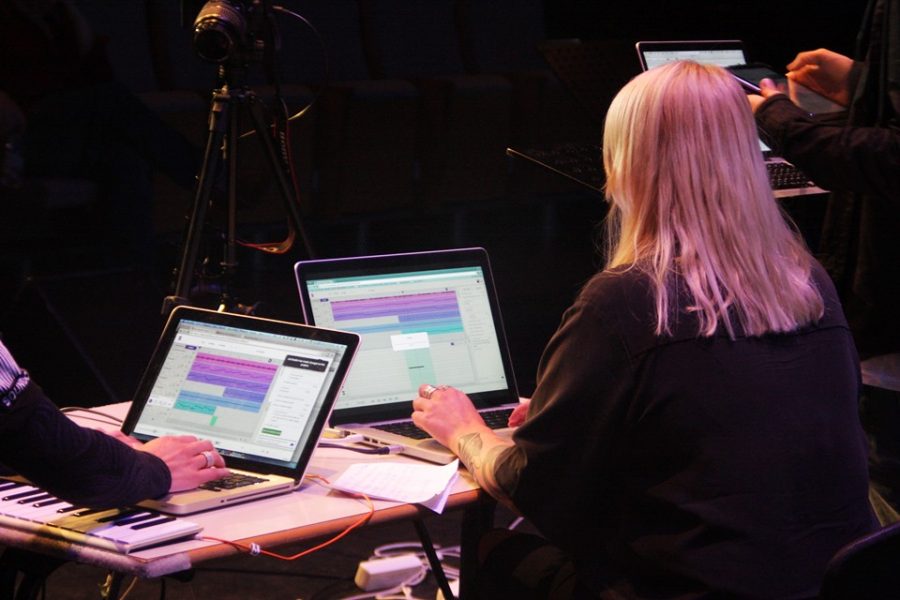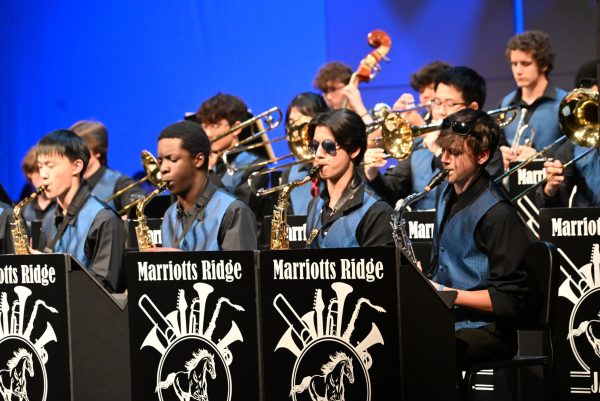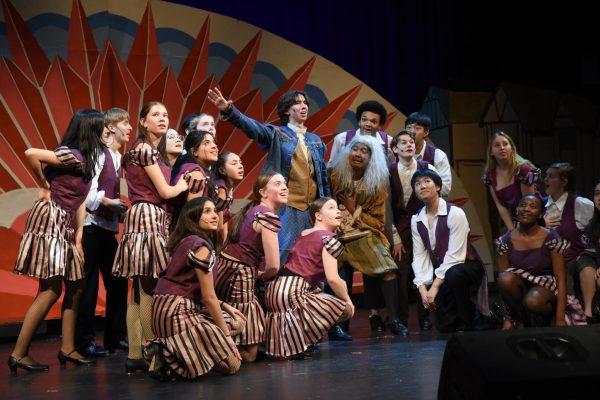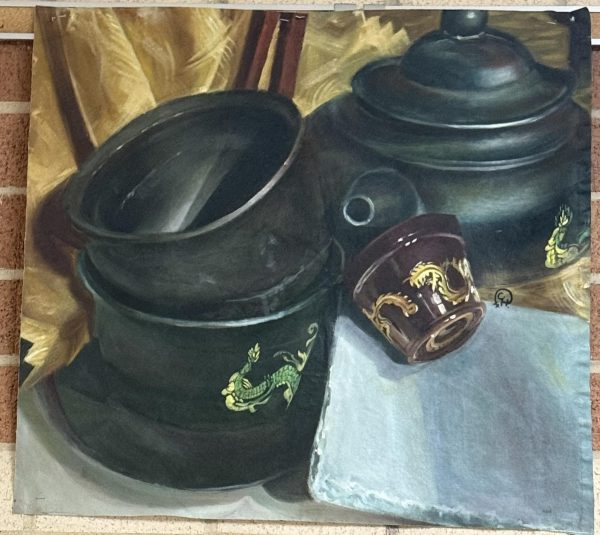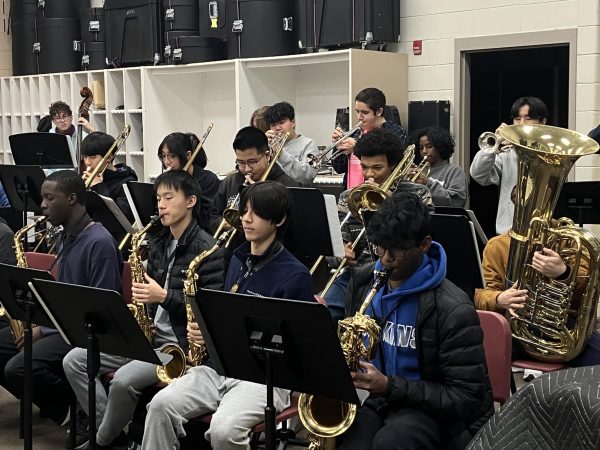How Fine Arts Teachers Adjusted to Virtual Learning
Despite the constantly-changing learning models over the past year, MRHS fine art teachers have persevered and taught students how to record music online by using different methods and softwares.
In addition to everything else, 2020 changed how schools work and how fine arts are taught. Fine arts teachers had to learn how they could teach their respective subjects virtually.
“My biggest problem with any technology is not necessarily using it, but when there’s a problem… not knowing how to fix it or work around it,” orchestra director Dr. Walls said.
Walls explained how he’s not the best with technology, which was the biggest obstacle for him as he navigated virtual learning.
Most of the fine arts teachers, music teachers especially, have been using a software called Soundtrap. Soundtrap provides the necessary tools to continue creating music in a virtual environment, such as allowing students to record themselves, collaborate, chat with others, and add background music (including various instruments and pre recorded beats).
Despite Soundtrap being useful, there are some aspects where it has been known to create issues. Choir director Mr. Rawlings explained that if students and teachers had to stay in this situation for a longer period of time, he thinks that the software should be changed.
“The software [Soundtrap] that the county purchased serves the purpose, but I would think that we would need to upgrade the technology.”
Soundtrap is not the only software used by MRHS fine arts teachers. MRHS’s dance teacher, Ms. Reyes, uses WeVideo and Flipgrid to communicate with her students. She uses these softwares to upload dance tutorials and assignments. Ms. Reyes shared how these softwares worked pretty well for her, but it was difficult for the dancing and music to be able to sync together.
“Sometimes it’s very difficult to get on the beat and the counts, and sync that up together,” Ms. Reyes said.
Technical issues were just one of the many problems that fine art teachers and students faced. The best thing about music is that it has the ability to bring people together; it allows them to connect with each other. That feeling is one that many musical students are missing out on during this online learning environment. However, for one music teacher, online learning has provided an unexpected benefit.
“In a lot of ways, I was able to get to know some students better in this [virtual] format because they were less apprehensive about sharing things as opposed to sitting in a class,” Dr. Walls said. “I feel like I’ve gotten to know a couple students a little better than I would have normally. Some students that I did know, I got to know them even better than I would have in a normal setting.”
Overall, all the fine art teachers have adjusted well to the virtual learning situation. Sure, there have been plenty of obstacles and problems, but students and teachers have worked together to overcome them.
As Ms. Reyes said, “What [virtual learning] has done is increased our approach and perspective and creativity. The situation has presented new opportunities as artists.”


